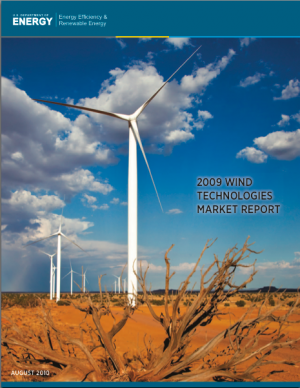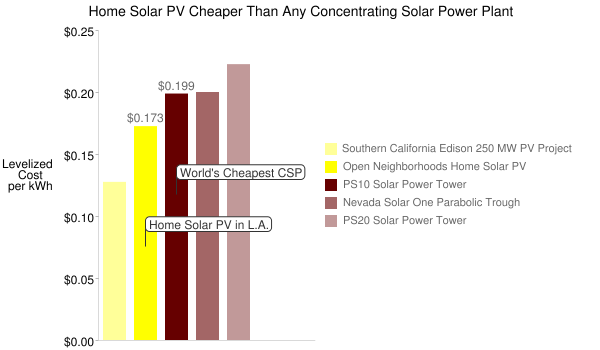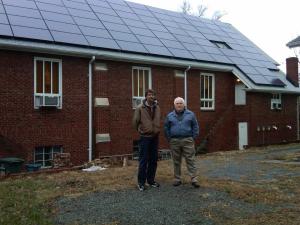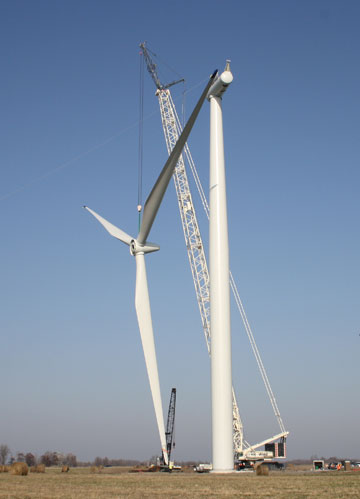Turkey Adopts Feed-in Tariff with Buy Local Provision
The country of Turkey recently adopted a new feed-in tariff policy for several renewable energy technologies including wind and solar. What’s notable is not the base rates (the prices are likely too low) but the bonus payments for “made in Turkey” projects. For a solar PV project, for example, a fully local solar PV system could increase their payment per kilowatt-hour by over 50%.
The policy mimics the highly successful FIT Program in Ontario, where a buy local rule requires participating projects to source at least 60% of their content in the province. The rule has meant that the 5,000 megawatts of projects in the pipeline have generated the promise of 43,000 jobs. For more on Ontario’s program, see our recently released report: Maximizing Jobs From Clean Energy: Ontario’s ‘Buy Local’ Policy.
Turkey’s policy is noteworthy for using bonus payments, a strategy that is more likely to pass legal muster for U.S. states looking to emulate Ontario’s job creation success.



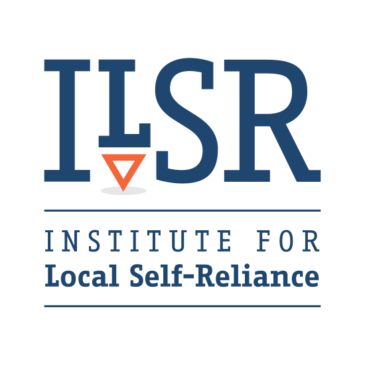
 How will electric vehicle use change the grid? If early adopters have their way, less than expected. Nearly half of Nissan LEAF buyers (in this online forum) intend to
How will electric vehicle use change the grid? If early adopters have their way, less than expected. Nearly half of Nissan LEAF buyers (in this online forum) intend to 